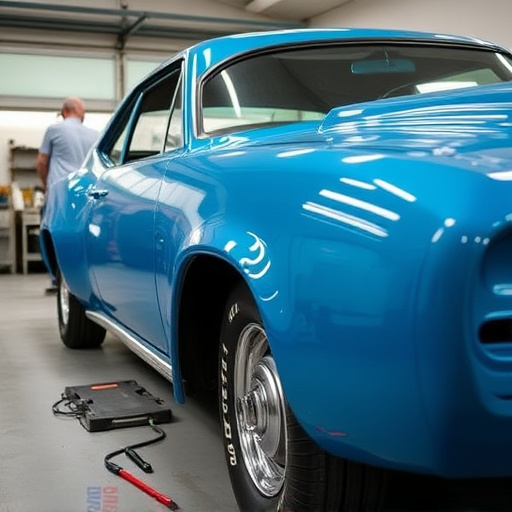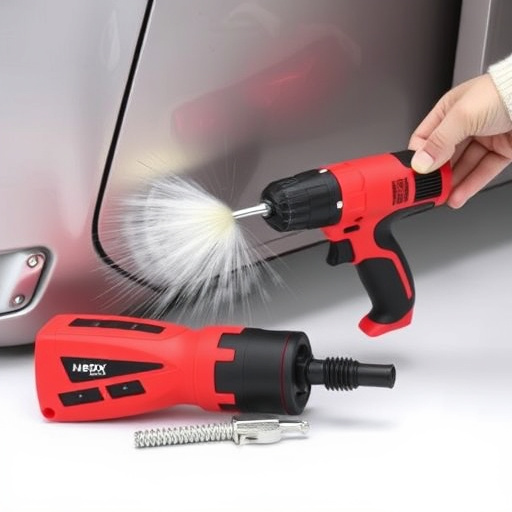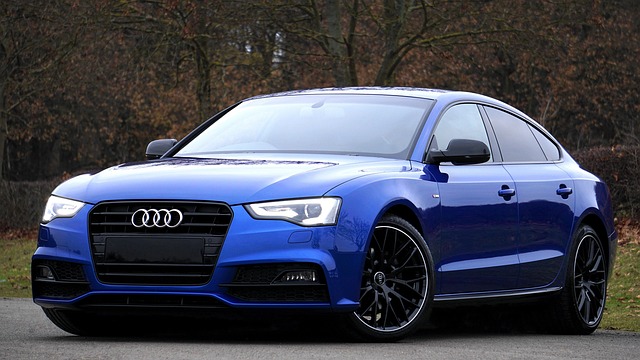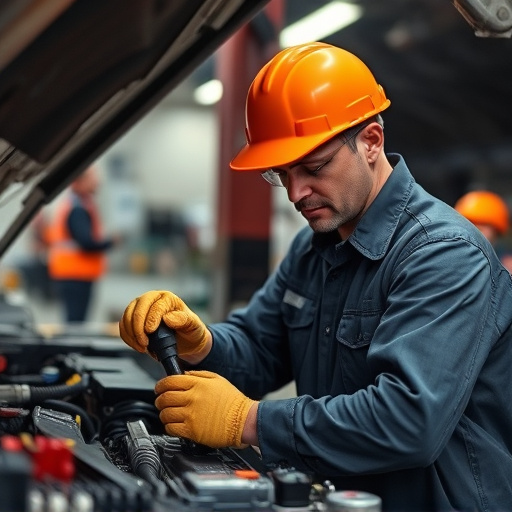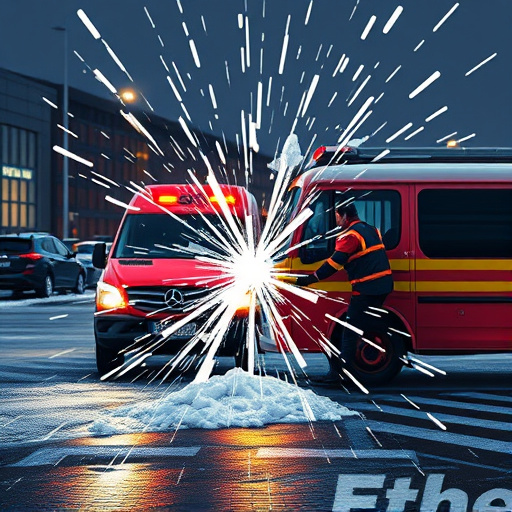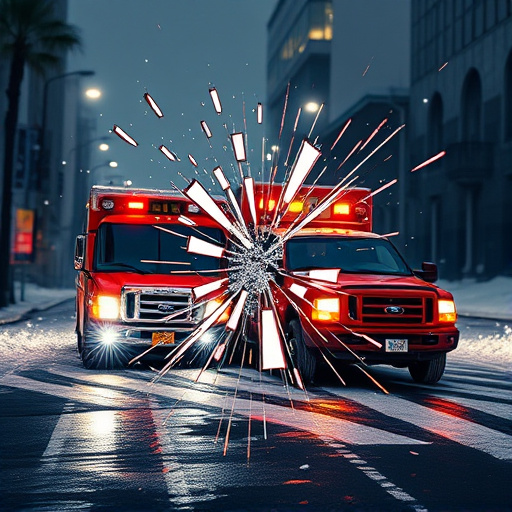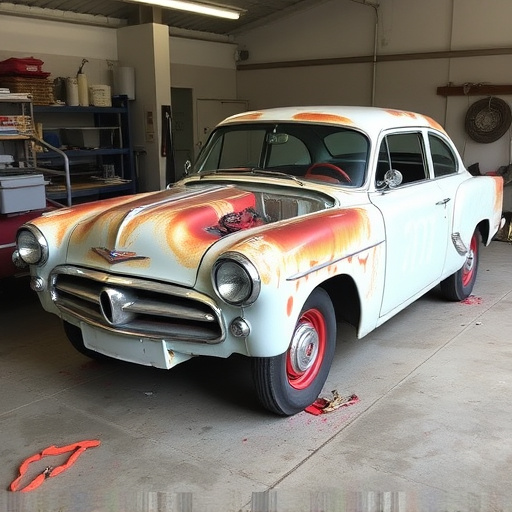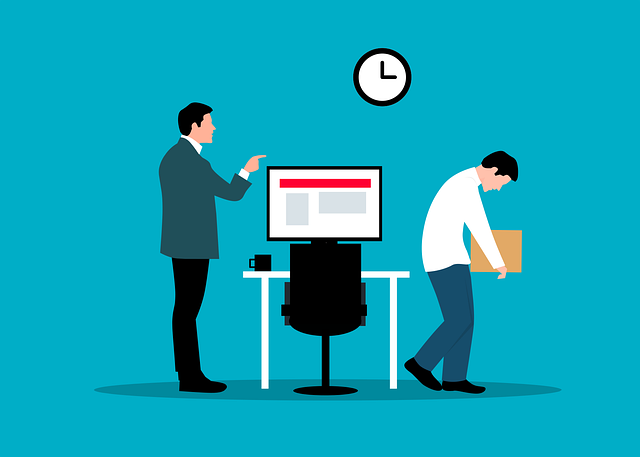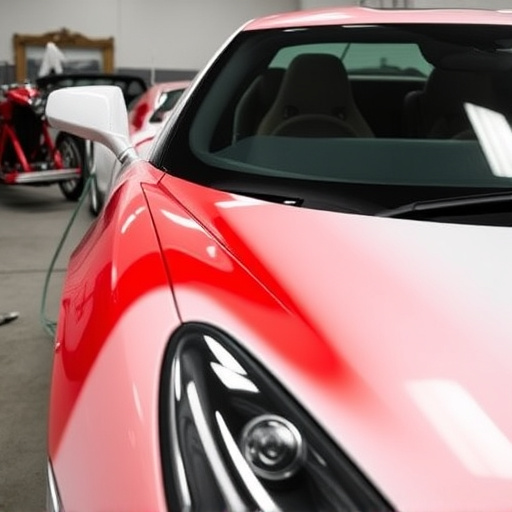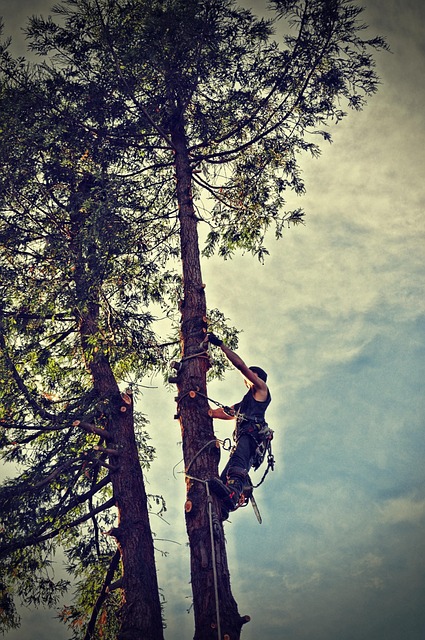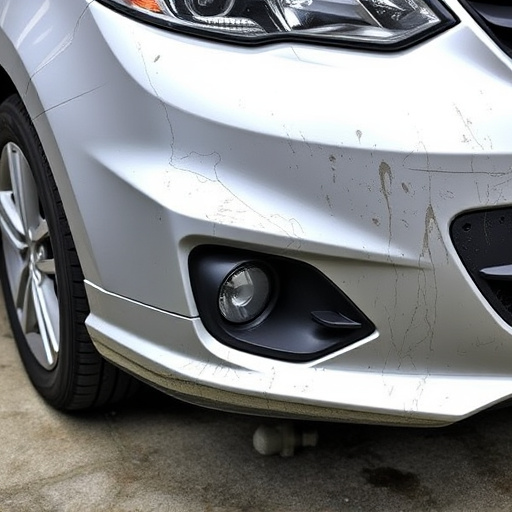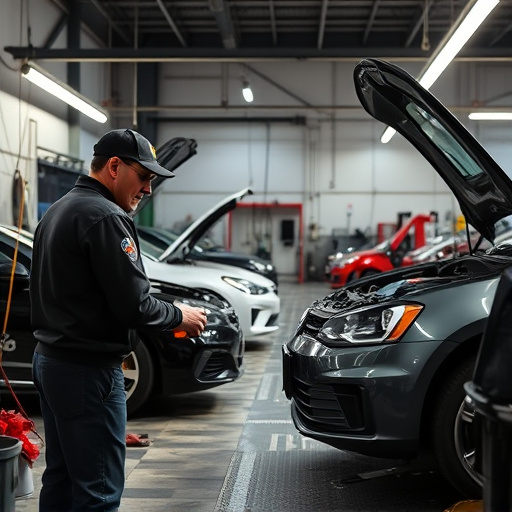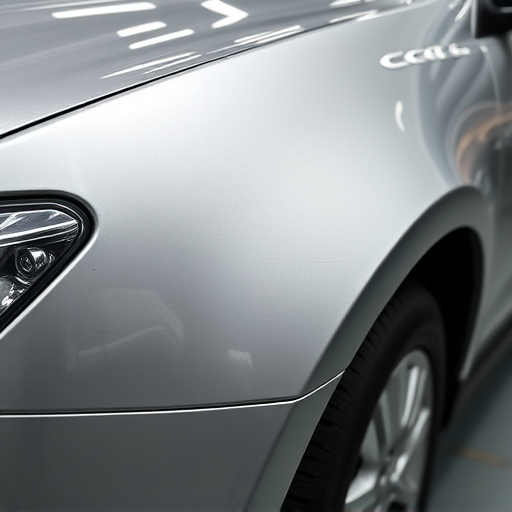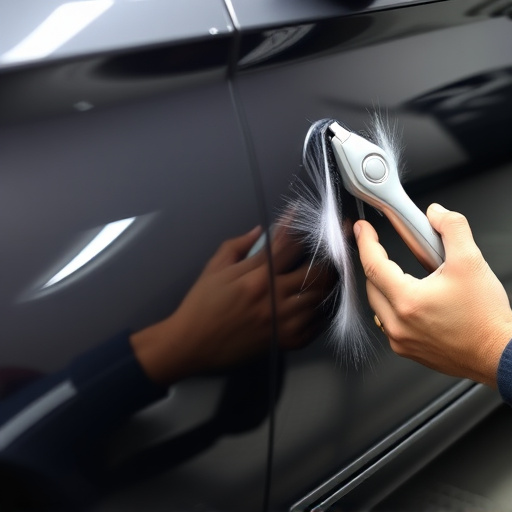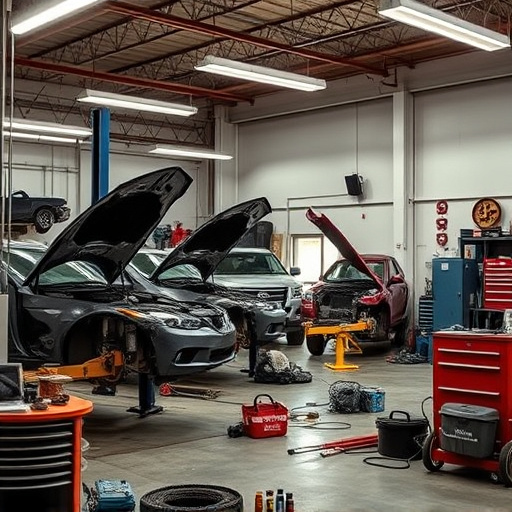Tesla's Fender Camera system, strategically placed near fenders for 360-degree visibility, supports critical ADAS functions. Optimal performance requires precise camera alignment, accounting for lens curvature and lighting conditions. Using specialized tools and Tesla Vision software enhances safety features like autonomous driving and parking assistance. Initial firmware update and mobile app calibration ensure sync, enabling lane keeping, automatic emergency braking, and traffic-aware cruise control.
“Unlock the full potential of your Tesla with an in-depth look at Tesla Fender Camera Alignment and Vision Software Sync. This comprehensive guide explores the intricate functionality of Tesla’s advanced cameras, offering a step-by-step approach to optimal alignment for enhanced performance. From understanding the role of fender cameras to mastering the sync process, you’ll navigate the world of Tesla’s vision software, ensuring your vehicle’s technology works in harmony. Discover how proper alignment can revolutionize your driving experience.”
- Understanding Tesla Fender Camera Functionality
- Aligning Cameras for Optimal Vision Software Performance
- Integrating Vision Software: Step-by-Step Sync Process
Understanding Tesla Fender Camera Functionality
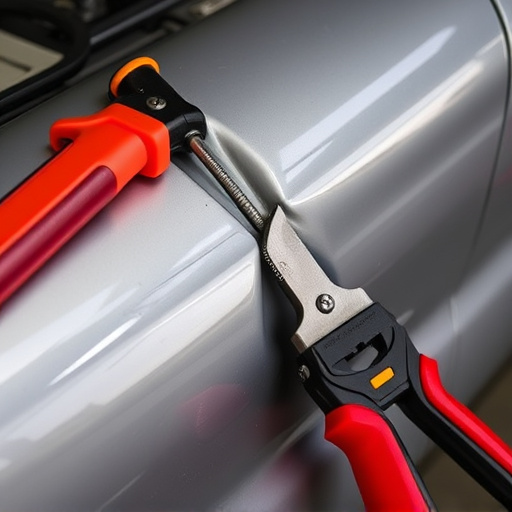
The Tesla Fender camera system is a sophisticated piece of technology designed to enhance safety and driving assistance. These cameras, strategically positioned near the vehicle’s fenders, serve multiple purposes in Tesla’s advanced driver-assistance systems (ADAS). When aligned correctly, they provide a comprehensive view of the surroundings, enabling features like automatic emergency braking, lane departure warning, and 360-degree visibility. The process of Tesla fender camera alignment ensures that these cameras capture high-resolution images with precise clarity, allowing for accurate object detection and tracking.
Proper alignment is crucial for optimal performance, especially in critical tasks such as frame straightening and bumper repair at a car repair shop. With advanced software like Tesla Vision, the cameras can be finely tuned to capture every detail of the road ahead, including potential obstacles or hazards. This sync between hardware and software ensures that drivers receive real-time information, making their driving experience safer and more efficient.
Aligning Cameras for Optimal Vision Software Performance
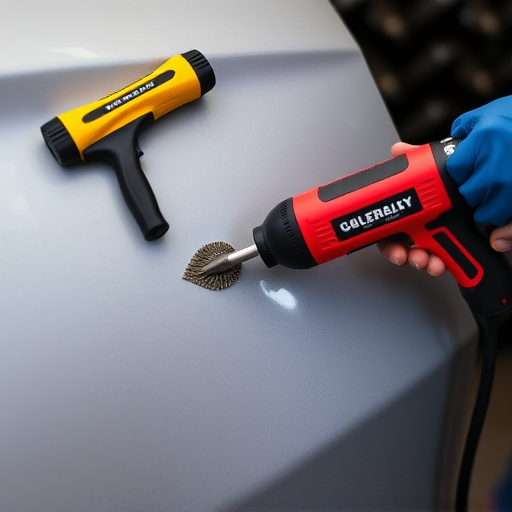
To achieve optimal performance from Tesla’s Vision software, proper alignment of the fender cameras is paramount. The front and rear cameras work in tandem to provide a 360-degree view around the vehicle, enhancing safety features like autonomous driving and parking assistance. Ensuring these cameras are accurately aligned means that the software receives clear, unobstructed visuals, enabling more accurate interpretation of surroundings. This process involves meticulous calibration, taking into account factors such as lens curvature, image overlap, and lighting conditions.
Proper alignment goes beyond mere visual clarity; it ensures the system can accurately detect and track objects in real time. An auto repair shop or a car dent repair service specializing in Tesla vehicles can perform this critical task using specialized tools and software designed for Tesla’s unique camera systems. This step is crucial, as misaligned cameras can lead to suboptimal performance, potentially compromising safety features during vehicle collision repair scenarios.
Integrating Vision Software: Step-by-Step Sync Process
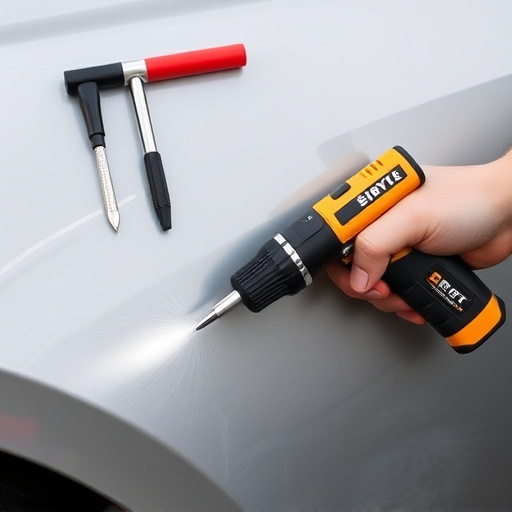
Integrating Tesla’s Vision Software with precise fender camera alignment is a seamless process that enhances driving safety and autonomy. Here’s a step-by-step guide to ensure optimal sync:
1. Preparation: Begin by ensuring your Tesla vehicle is equipped with the latest firmware update, which includes support for advanced driver-assistance systems (ADAS). Verify the fender cameras are in good working condition, free from any obstructions or damage, crucial for accurate alignment.
2. Accessing the Software: Connect to your Tesla via the dedicated mobile app. Navigate to the ‘Settings’ menu and locate the ‘Vision Software’ or ‘Autopilot’ section. Here, you’ll find options to initiate the sync process. The app will guide you through a series of on-screen instructions, which may include calibrating the cameras and assessing their performance in real-time.
3. Camera Alignment: During sync, the software will instruct you to position your vehicle in specific scenarios, like parallel parking or driving along a marked lane. These maneuvers allow the system to map and align the fender cameras accurately. This step is vital for the software to understand and interpret its surroundings correctly.
4. Final Sync: Once the initial alignment is complete, the app will initiate a final sync, refining the camera settings to ensure optimal performance. After this process, your Tesla’s Vision Software will be ready to provide advanced safety features like lane keeping, automatic emergency braking, and traffic-aware cruise control, enhancing your automotive repair and body work experience on the road.
Tesla’s fender camera alignment is a key component in optimizing the performance of their Vision software. By carefully aligning these cameras, Tesla vehicles can achieve superior perception and safety capabilities on the road. The step-by-step sync process ensures that the Vision software integrates seamlessly with the hardware, resulting in accurate and reliable data for autonomous driving features. With proper alignment and synchronization, Tesla continues to push the boundaries of electric vehicle technology and autonomy.
